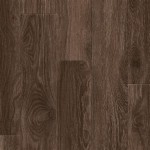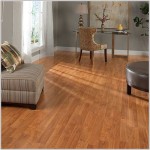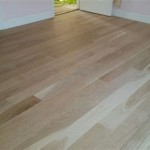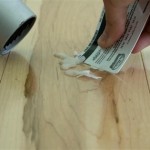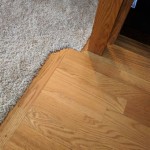Laminate Flooring Over Tile In Basement: Essential Aspects to Consider
Enhancing the aesthetics and functionality of your basement can involve various renovations, and installing laminate flooring over existing tile is a popular option. However, successfully executing this project requires careful consideration of essential aspects to ensure durability and a flawless finish.
Preparation: The Foundation for Success
Prior to installing laminate flooring over tile, thorough preparation is crucial. This includes:
- Tile Condition: Ensure the tile is well-bonded, level, and free from cracks or loose grout.
- Moisture Control: Verify that the basement is adequately dry and there are no moisture issues that could damage the laminate flooring.
- Underlayment: Install an appropriate underlayment over the tile to provide a moisture barrier, sound insulation, and a level surface for the laminate.
Laminate Flooring Selection: Durability and Style
Laminate flooring comes in a wide variety of styles and durability ratings. Consider the intended use of the basement and choose a laminate that aligns with your needs and aesthetic preferences.
- Durability: Look for laminate flooring with a high AC (Abrasion Class) rating to withstand heavy foot traffic and potential impacts.
- Style: Laminate flooring is available in various designs that mimic wood, stone, or other surfaces, allowing you to customize the look of your basement.
Method of Installation: Floating or Glue-Down
Laminate flooring over tile can be installed using two methods:
Floating installation: Involves connecting the planks together without using glue or nails, creating a free-floating floor.
Glue-down installation: As the name suggests, the planks are glued directly to the subfloor, providing a more permanent and rigid installation.
The choice between floating and glue-down installation depends on factors such as the size and layout of the basement, as well as your budget and preferences.
Trim and Accessories: Completing the Look
Once the laminate flooring is installed, finishing touches such as moldings, transition strips, and quarter rounds are essential:
- Moldings: Baseboard moldings, door casings, and crown moldings add a polished look and conceal any gaps between the flooring and walls.
- Transition strips: Used at doorways and other transitions, these strips create a smooth and seamless connection between different flooring surfaces.
- Quarter rounds: Cover the gap between the flooring and any vertical surface, enhancing the aesthetics and preventing dirt accumulation.
Maintenance and Care: Ensuring Longevity
Maintaining your laminate flooring over tile is relatively simple and involves:
- Regular sweeping or vacuuming to remove dirt and debris.
- Cleaning with a damp mop and a laminate floor cleaner specific to the type of flooring installed.
- Avoiding abrasive cleaning agents or excess water that could damage the laminate surface.

Selecting The Best Basement Flooring Next Day Floors

The Best Flooring Options For Your Basement

What Kind Of Flooring Should I Use To Finish My Basement Ozburn Hessey

What Are The Best Flooring For Basement In Homes

4 Of The Best Options For Basement Flooring In Your Home Reallyfloors America S Est Hardwood

Laminate Flooring On Concrete Basement Floors Expert Installation Guide Csg Renovation

Laminate Flooring In Basement Install A Floating Floor Over Existing Tile The Money Pit

5 Best Flooring Options For Basements Floors2day

How To Install Vinyl Or Laminate Floors In A Basement Over Concrete Slab

What Is The Best Flooring For Basements Get Pros And Cons
Related Posts

